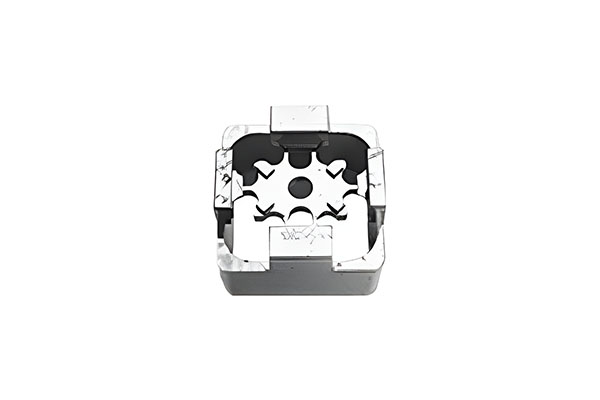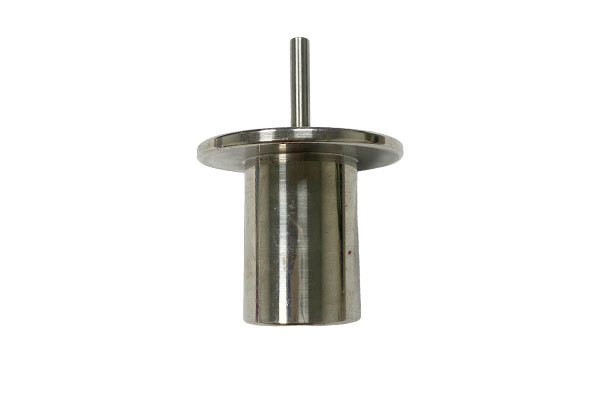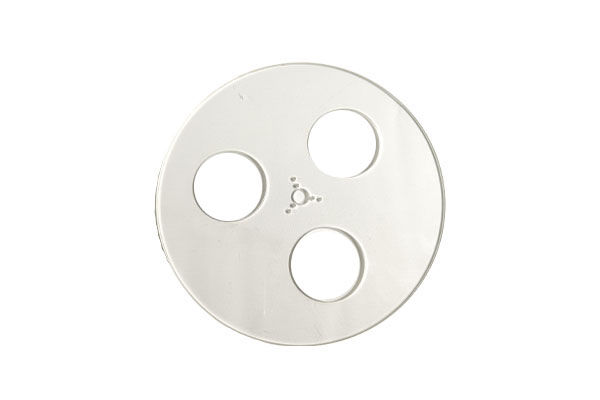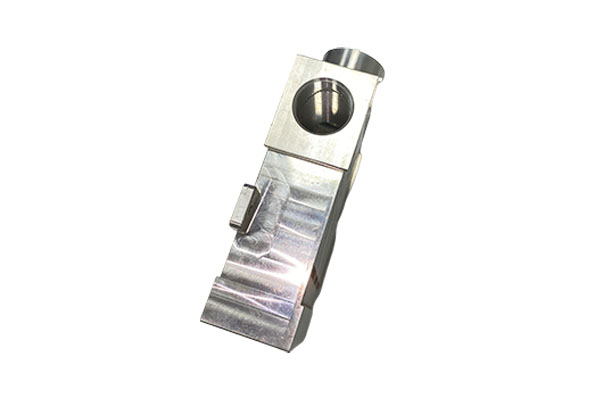What is the importance of the quality stability advantage of lathe parts processing in the long-term batch production of non-standard hardware parts?
Release Time : 2024-12-06
In the field of batch production of non-standard hardware parts, the quality stability advantage of lathe parts processing has irreplaceable significance.
First of all, the stable quality of lathe parts processing can ensure the consistency of product performance. For non-standard hardware parts, they often undertake the task of precise matching in specific mechanical, electronic or other industrial equipment. For example, in the manufacture of high-end precision instruments, each non-standard part is like a puzzle in a precision instrument, and its dimensional accuracy, shape tolerance and surface quality must strictly meet the design requirements and remain stable. With its mature technology and sophisticated equipment, lathe parts processing can control the errors of these parameters within a very small range during long-term batch production. This enables each non-standard hardware part produced to achieve seamless docking with other parts, ensuring the normal operation of the entire equipment and the stable performance of its performance, and avoiding equipment failure or performance degradation caused by fluctuations in part quality.
Secondly, stable quality helps to establish a good corporate reputation and brand image. In the fiercely competitive hardware processing industry, customers have extremely high requirements for the product quality of suppliers. When an enterprise can consistently provide high-quality non-standard hardware parts in long-term mass production through lathe parts processing, it will win the trust and favor of customers. These customers will not only become long-term partners of the enterprise, but also spread word-of-mouth for the enterprise in the industry. This plays a vital role in expanding the market share, obtaining more orders and enhancing the position of the enterprise in the industry.
Furthermore, the advantage of quality stability can effectively reduce production costs. In mass production, if the quality is unstable, a large number of defective and waste products will be produced, which not only wastes raw materials and processing time, but also increases the costs of inspection, rework and scrapping. The quality stability of lathe parts processing can reduce these unnecessary losses and improve the utilization rate of raw materials and production efficiency. At the same time, stable quality also reduces customer complaints and after-sales maintenance costs caused by quality problems, enabling enterprises to achieve more efficient cost control and resource allocation in the overall operation process.
In summary, the quality stability advantage of lathe parts processing runs through many key aspects such as product performance, corporate image and cost control in the long-term mass production of non-standard hardware parts, and is an important cornerstone for the success and sustainable development of enterprises in the field of non-standard hardware parts processing.
First of all, the stable quality of lathe parts processing can ensure the consistency of product performance. For non-standard hardware parts, they often undertake the task of precise matching in specific mechanical, electronic or other industrial equipment. For example, in the manufacture of high-end precision instruments, each non-standard part is like a puzzle in a precision instrument, and its dimensional accuracy, shape tolerance and surface quality must strictly meet the design requirements and remain stable. With its mature technology and sophisticated equipment, lathe parts processing can control the errors of these parameters within a very small range during long-term batch production. This enables each non-standard hardware part produced to achieve seamless docking with other parts, ensuring the normal operation of the entire equipment and the stable performance of its performance, and avoiding equipment failure or performance degradation caused by fluctuations in part quality.
Secondly, stable quality helps to establish a good corporate reputation and brand image. In the fiercely competitive hardware processing industry, customers have extremely high requirements for the product quality of suppliers. When an enterprise can consistently provide high-quality non-standard hardware parts in long-term mass production through lathe parts processing, it will win the trust and favor of customers. These customers will not only become long-term partners of the enterprise, but also spread word-of-mouth for the enterprise in the industry. This plays a vital role in expanding the market share, obtaining more orders and enhancing the position of the enterprise in the industry.
Furthermore, the advantage of quality stability can effectively reduce production costs. In mass production, if the quality is unstable, a large number of defective and waste products will be produced, which not only wastes raw materials and processing time, but also increases the costs of inspection, rework and scrapping. The quality stability of lathe parts processing can reduce these unnecessary losses and improve the utilization rate of raw materials and production efficiency. At the same time, stable quality also reduces customer complaints and after-sales maintenance costs caused by quality problems, enabling enterprises to achieve more efficient cost control and resource allocation in the overall operation process.
In summary, the quality stability advantage of lathe parts processing runs through many key aspects such as product performance, corporate image and cost control in the long-term mass production of non-standard hardware parts, and is an important cornerstone for the success and sustainable development of enterprises in the field of non-standard hardware parts processing.







